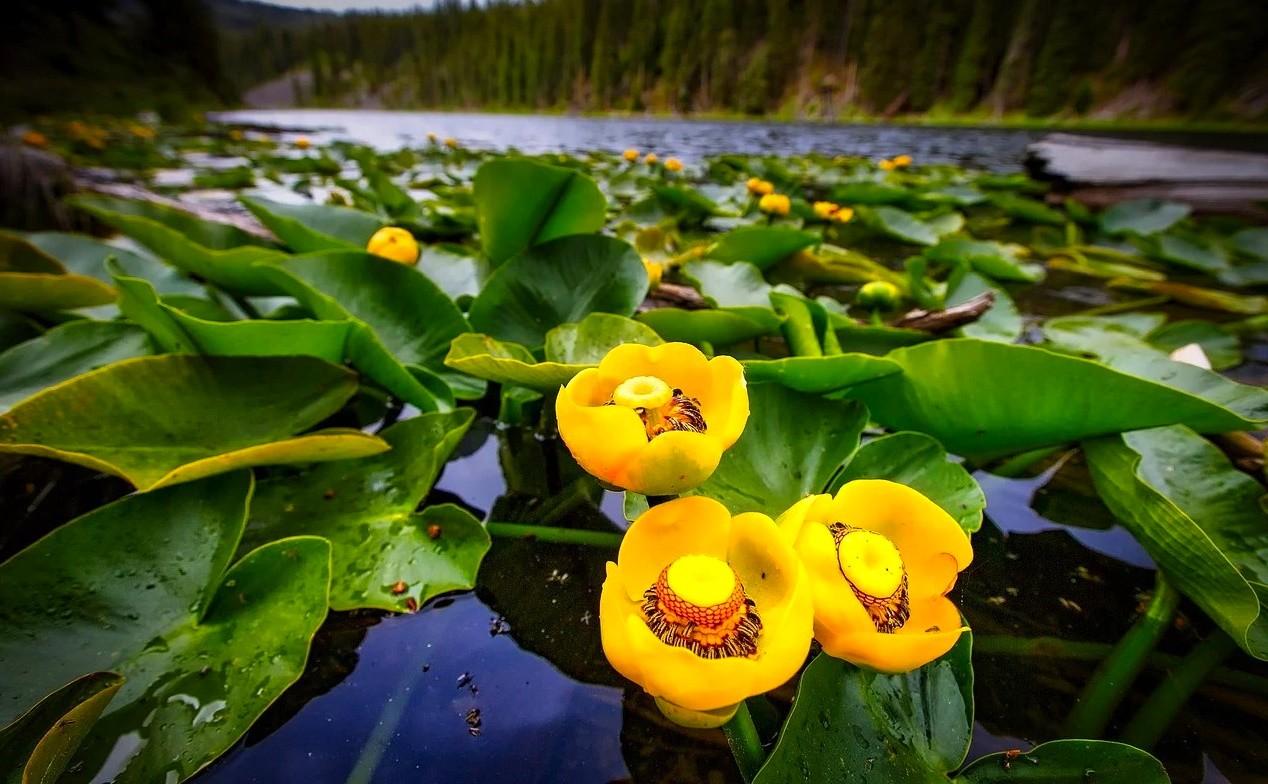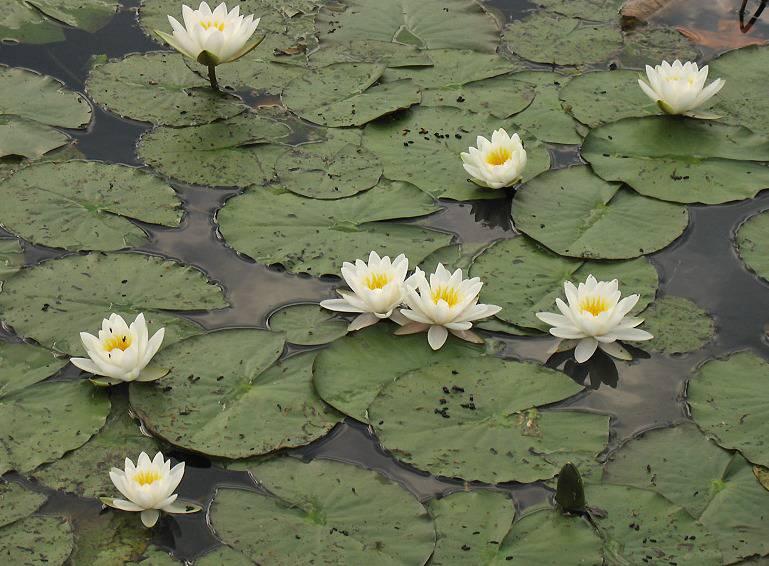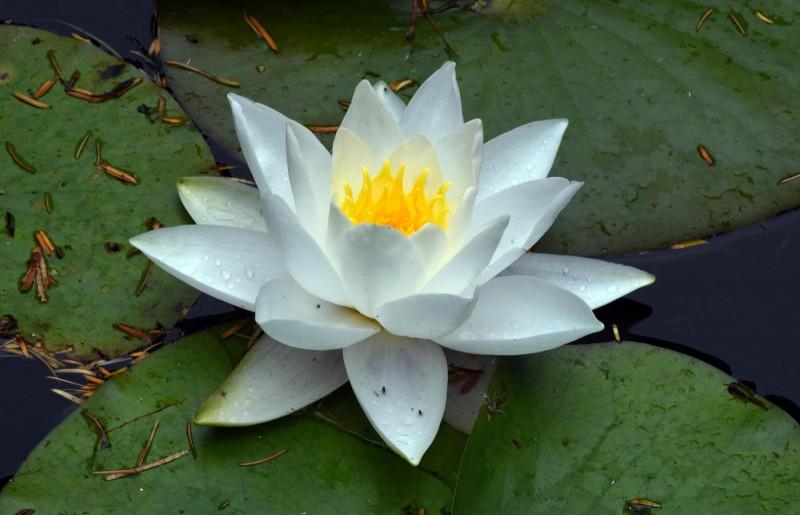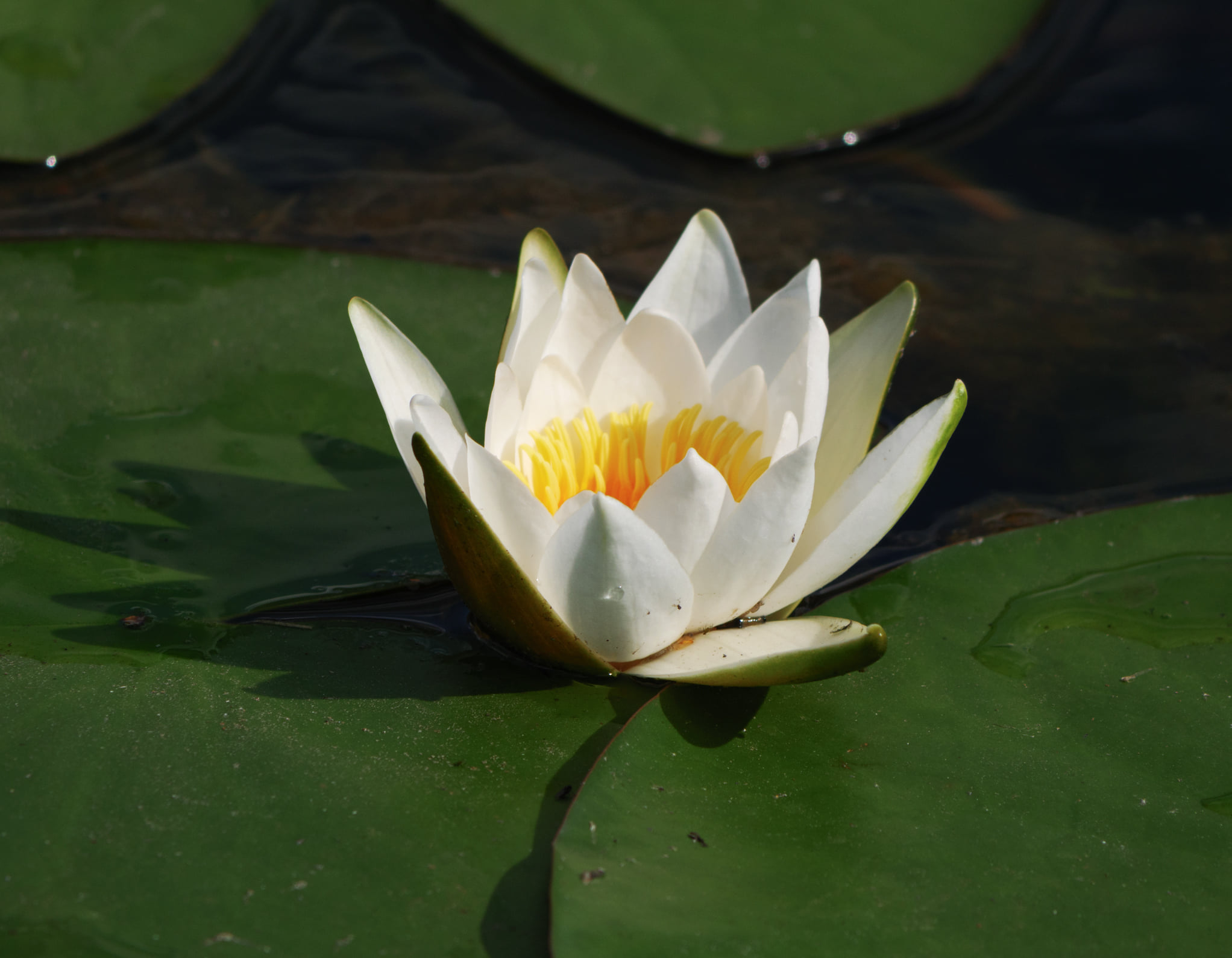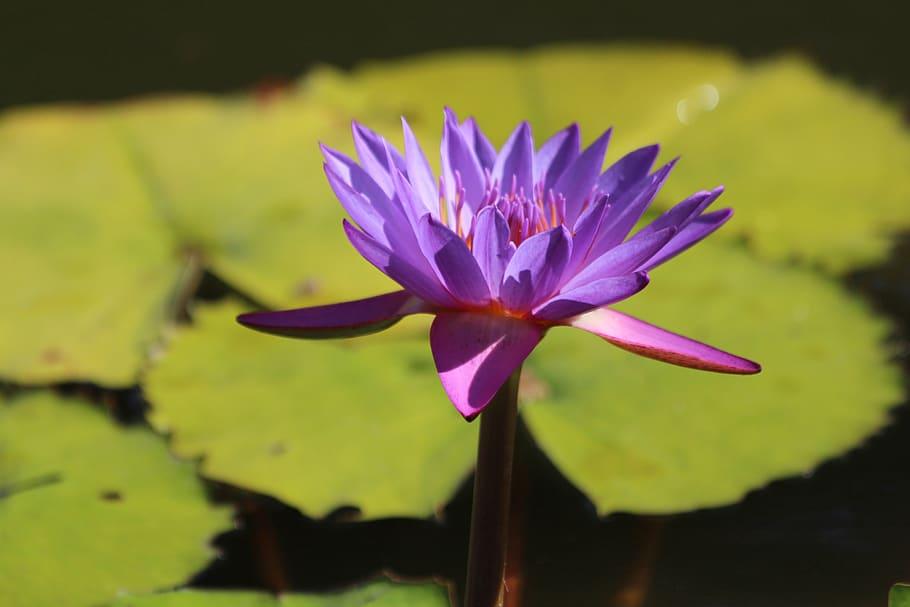Many summer residents are interested in the description and types of water lilies, where it grows and what this flower looks like. This is a very unusual plant that grows in different conditions - from the equator to harsh temperate latitudes. It is a perennial aquatic culture, whose name in Latin sounds like nymphea. The Water Lily family includes approximately 50 species. Moreover, they all differ in shapes and colors.
Description of the plant
Water lilies differ in color and size. At the same time, they are united by their method of growth.All these crops grow in water, or more precisely, in the bottom substrate. This flower lives in ponds, lakes, and oxbow lakes.
Wild representatives of this family have been domesticated for quite some time. They are often found in decorative ponds and even in aquariums. Natural ponds with water lilies look very attractive.
Nymphs give the landscape a special charm and help create a special microclimate. Most often the plant is white. However, other varieties are sometimes found with cream, pink, purple, blue and violet petals.
The plant is characterized by long, pointed petals with a spiral arrangement. In the lower part they smoothly turn into stamens. The stipules are green in color. Their number is 3-5 pieces. The calyx of the flower is round in shape and includes one yellow pistil.
Many types of water lilies are distinguished by round or heart-shaped leaves that have a waxy surface and a triangular cutout. They are attached to long stems ranging from 0.3 to 5 meters in length. Most often, the diameter of an adult leaf is 20-30 centimeters. Moreover, its upper part is dark green in color, and the lower part is red-violet.
How and when does a water lily bloom?
Some water lilies bloom quite early - already in May-June. At the same time, many varieties remain attractive until the first frost. The water lily flower resembles a lily in appearance. Moreover, its diameter is 5-20 centimeters. The shade of the petals can be different - white, red, purple. There are also cream, purple and pink varieties. In the central part, the carpels are clearly visible, which form a pistil with a stigma.
The sepals contain petals that are invisible to the eye.They form a round or quadrangular cup. The number of sepals can be 3-5 pieces. After sunset, the petals of the water lily close and sink under the water. At dawn they bloom again. The lifespan of one flower is 3-4 days. However, due to the abundance of buds on the stem, the flowering is quickly renewed. Water lily flowers have a pleasant aroma. However, its intensity differs depending on the plant variety.
Popular types
There are many species and varieties of nymphs that bloom in ponds and lakes. There are also river water lilies that live in bodies of water with weak currents. About 50 species of such plants with small and large flowers are known. They can be of different shades - red, yellow, white and many others.
White
This plant has a wide habitat. It is found in ponds, rivers, lakes and canals. Most of the culture is underwater. In this case, leaves and white buds are located on the surface. If you carefully examine the plant, you can see the finest halftones in its color scheme. The shades of such a water lily can vary from milky to light yellow or pinkish tones.
White water lily has rounded leaves with a leathery texture. They have excellent buoyancy and can withstand significant weight. For example, mature plants are ways to hold a frog or small bird.
One of the types of white water lilies is the yellow water lily. It is distinguished by smaller, elongated, oval-shaped leaves and small flowers.
Snow white
This is a perennial upright plant that has floating rounded leaves measuring 12-30 centimeters in size. The culture is distinguished by white flowers, the diameter of which is 6-8 centimeters.
The snow-white water lily is characterized by ovate-oblong sepals. They can be blunt or pointed. This plant has 15-18 white petals. They are distinguished by their ovoid or elliptical shape.
tetrahedral
This variety is also called small. The main difference of this culture is considered to be its more modest size. Its diameter does not exceed 3-8 centimeters. In this case, the sepals have a quadrangular shape.
The petals are usually white, but pink flowers are sometimes found. The culture grows in the northeast of Russia and the Far East. The tetrahedral water lily is also found in Japan, China, and Mongolia. It is also available in North America.
Star-shaped
This plant has very decorative flowering. It is often also called star lotus. The petals of the crop can be purple with a red border, fuchsia, or lilac. Pure white flowers are also found.
The first star water lilies appeared in India, after which they spread to various Asian countries. Also, these plants were brought to Australia and adapted in the north of this country. However, the crop does not grow in temperate latitudes.
Egyptian
The flowers of this crop are similar to the white water lily. It comes originally from North Africa. It was this flower that was often decorated with the tombs of the pharaohs. Currently, this water lily is found in Asian and American reservoirs.
Landing instructions
It is quite acceptable to grow water lilies at home. For proper planting, it is recommended to adhere to special technology. To do this, it is worth using poor soil without compost, so that the water in the pond remains clean for as long as possible.
When planting a plant, it is recommended to follow the following rules:
- When planting a water lily in a pot, it is recommended to make a small depression 1-2 centimeters in size in the soil. You need to place a plant tuber there.
- It is advisable to place a fertilizer granule nearby, which has a prolonged effect. This will ensure a long-term supply of nutrients that the plant requires for normal development. This will help you get a beautiful and healthy flower.
- After completing these steps, it is worth covering the tuber with soil and strengthening its surface with fine gravel.
After this, it is recommended to place the pot with water lily in an aquarium or pond. This can be done in the foreground or background - it all depends on the design used to decorate the pond. It is recommended to place the plant in the central part. Due to this, it will be able to develop in different directions.
Caring for the plant depends on its variety. Tropical varieties need a constant temperature of +20-26 degrees. +20 degrees is enough for hardy plants. In addition, when growing crops, it is worth considering the following:
- For tropical and subtropical varieties, it is important to provide lighting up to 10-12 hours a day. It is best to use LED lamps for this, which have a cool white spectrum.
- If you plan to grow a water lily in an aquarium, its capacity should be at least 50 liters.
- Nutrients should be added at intervals of 2 months. This will improve the development of the flower and strengthen its immunity.
- Carbon dioxide must be supplied to an aquarium or pond. Without this, culture will not be able to develop.
- It is worth systematically cleaning the bottom space and removing dying leaves.This must be done with a sharp pruner or knife.
The water lily is a spectacular ornamental plant, which is often used to decorate artificial ponds. For crop cultivation to be successful, it is important to strictly follow the rules of agricultural technology.

